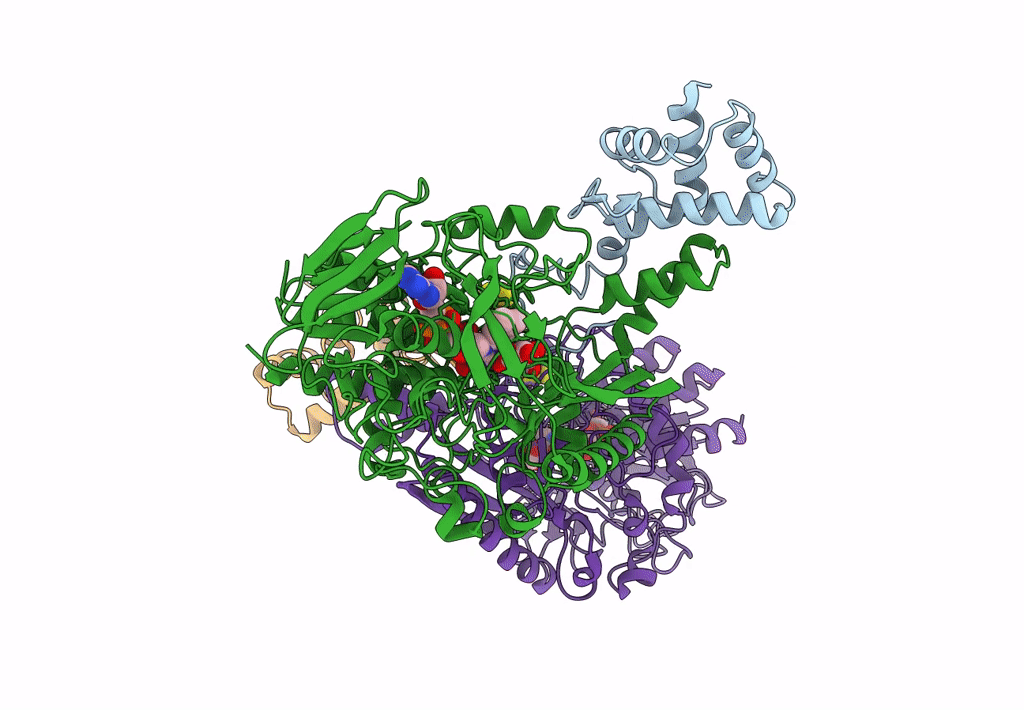
Deposition Date
2022-09-01
Release Date
2023-09-06
Last Version Date
2024-10-09
Entry Detail
PDB ID:
8GRJ
Keywords:
Title:
Crystal structure of gamma-alpha subunit complex from Burkholderia cepacia FAD glucose dehydrogenase in complex with gluconolactone
Biological Source:
Source Organism:
Burkholderia cepacia (Taxon ID: 292)
Host Organism:
Method Details:
Experimental Method:
Resolution:
2.95 Å
R-Value Free:
0.27
R-Value Work:
0.19
R-Value Observed:
0.20
Space Group:
P 65 2 2


